Journal
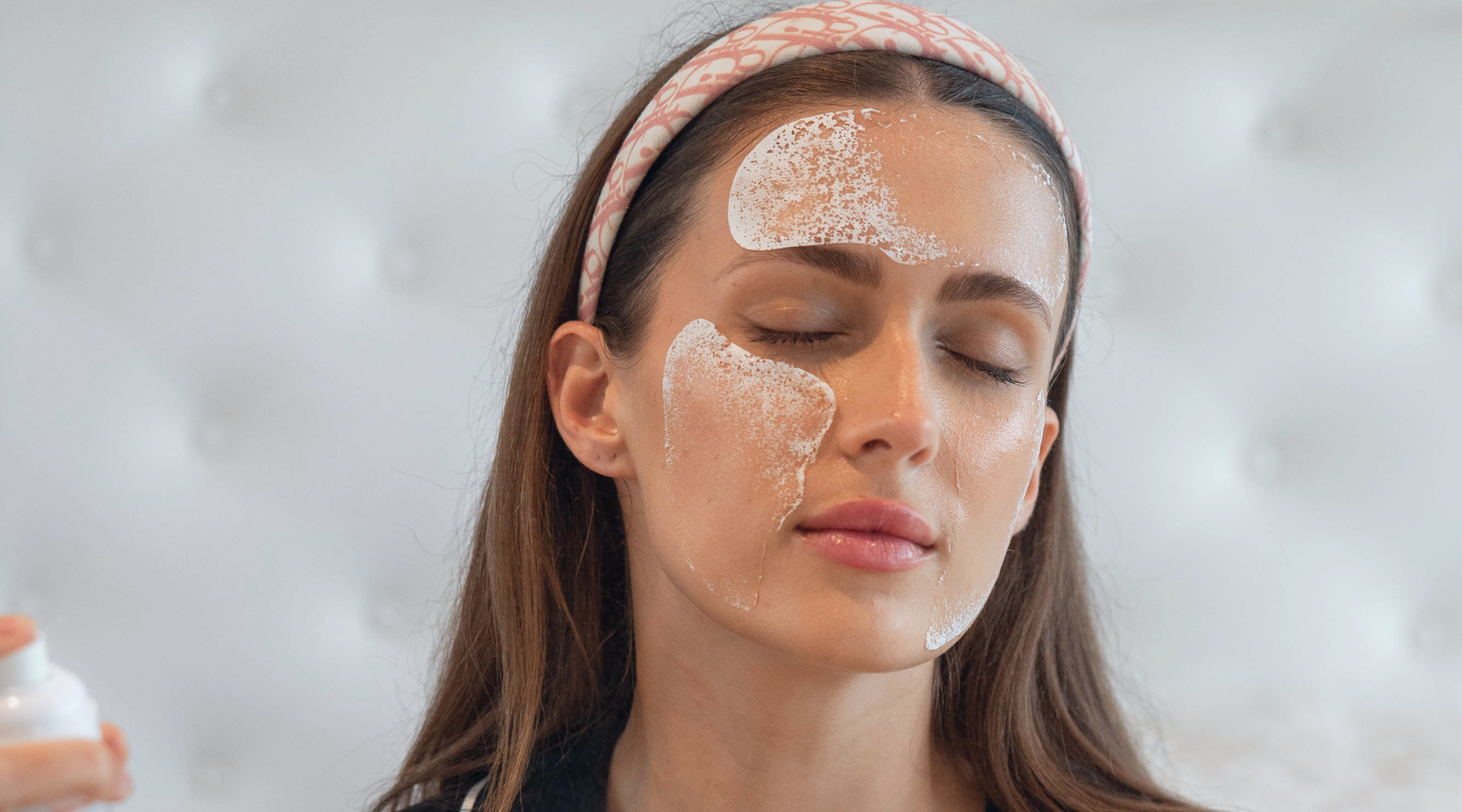
Marine Collagen Explained: Benefits, Science, and Why It’s the Best for Your Skin
Collagen has become the buzzword in beauty and wellness, often dubbed the "fountain of youth." But what is collagen, and why is marine collagen considered the gold standard in this growing market? ...
Read more
The Rise of Minimalist Skincare: Do You Really Need 10 Steps?
When the 10-step skincare routine took the beauty world by storm, it felt like a revelation. Serums, toners, essences, and masks – all meticulously layered to achieve that coveted glow. But as our ...
Read more
How to Figure Out Your Skin Type
Ever wondered why your face seems shiny by midday while your friend's stays matte? Or maybe you battle dry patches while others envy your naturally dewy complexion? The answer lies in your skin typ...
Read more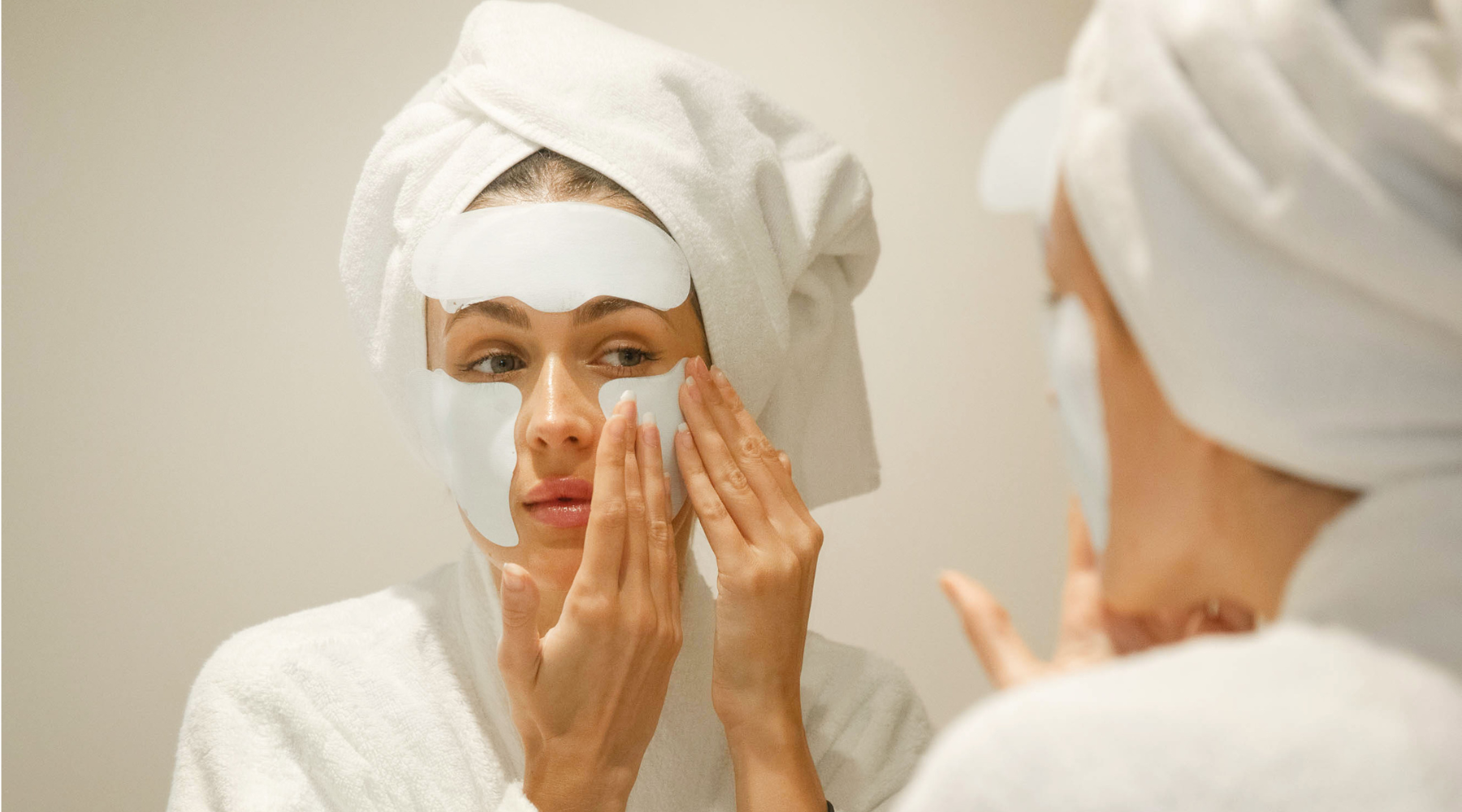
Quick Guide to a Flawless Skincare Routine: Steps, Order, and Tips
Ever stare in the mirror and wish your skin looked a little brighter, a little smoother? You're not alone! Having a skincare routine that works for YOU is the secret weapon to glowing skin. Whether...
Read more
Double Cleansing: A Step-by-Step Guide for All Skin Types
Feel your cleanser just isn't cutting it? Makeup remnants linger, sunscreen feels heavy, and your skin never quite feels truly clean? Double cleansing might be the answer you've been searching for!...
Read more
The Busy Woman's Guide to Youthful Skin
Let's face it, ladies – in today's fast-paced world, carving out "me-time" can feel like a luxury. Between juggling work, family, and social commitments, prioritising a lengthy skincare routine oft...
Read more
Ultimate Guide to the Best Face Mask (Without the Confusion)
Face mask confusion got you scratching your head? Don't worry, we've all been there. From sheet masks to clay wonders, the options can be endless. But with aisles overflowing and options aplenty, c...
Read more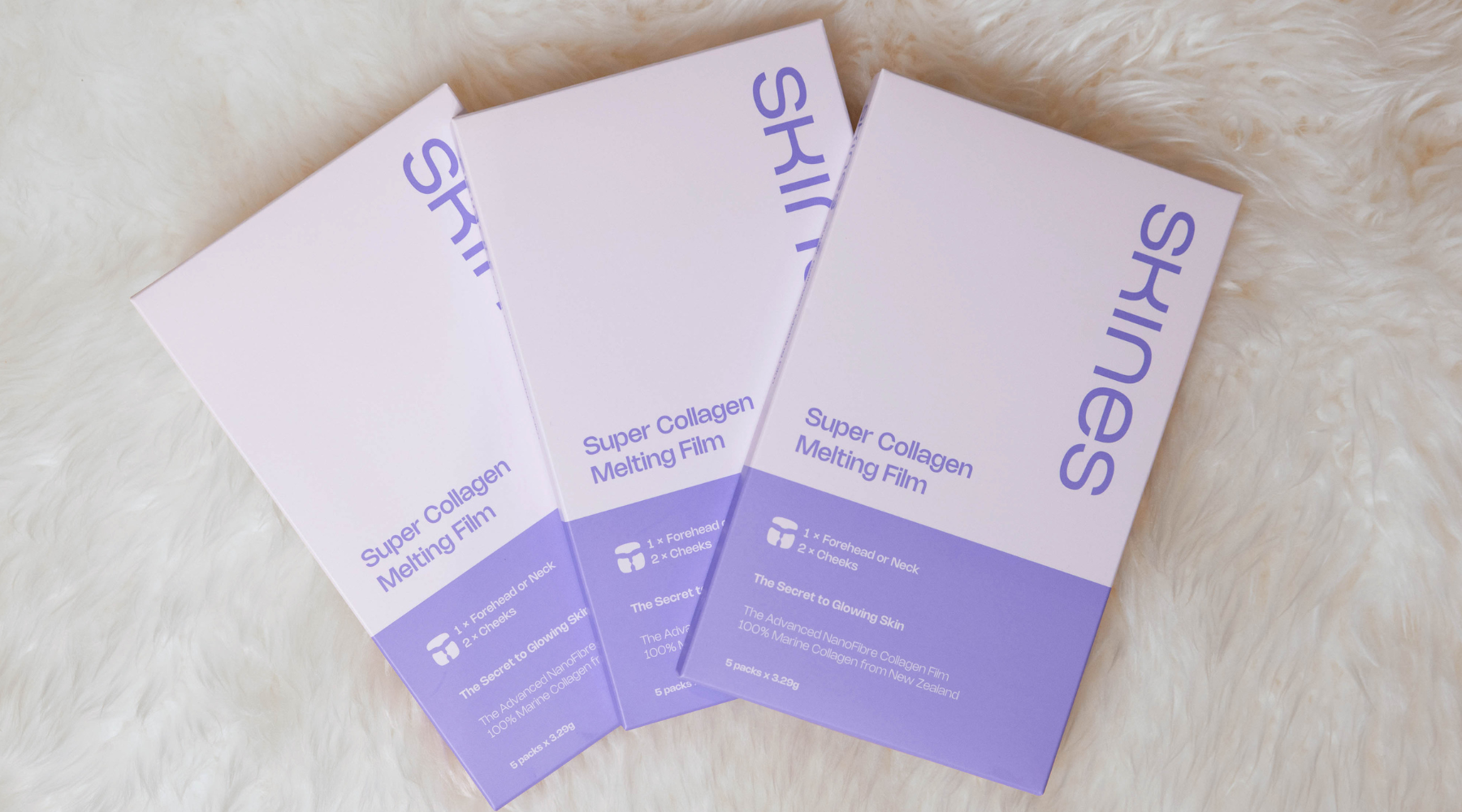
What Is Hydrolyzed Collagen and How Can It Transform Your Skin?
Ever wonder what keeps your skin looking plump and bouncy? It's all thanks to a hidden hero called collagen. But as we age, collagen production slows down, leading to those unwanted wrinkles and a ...
Read more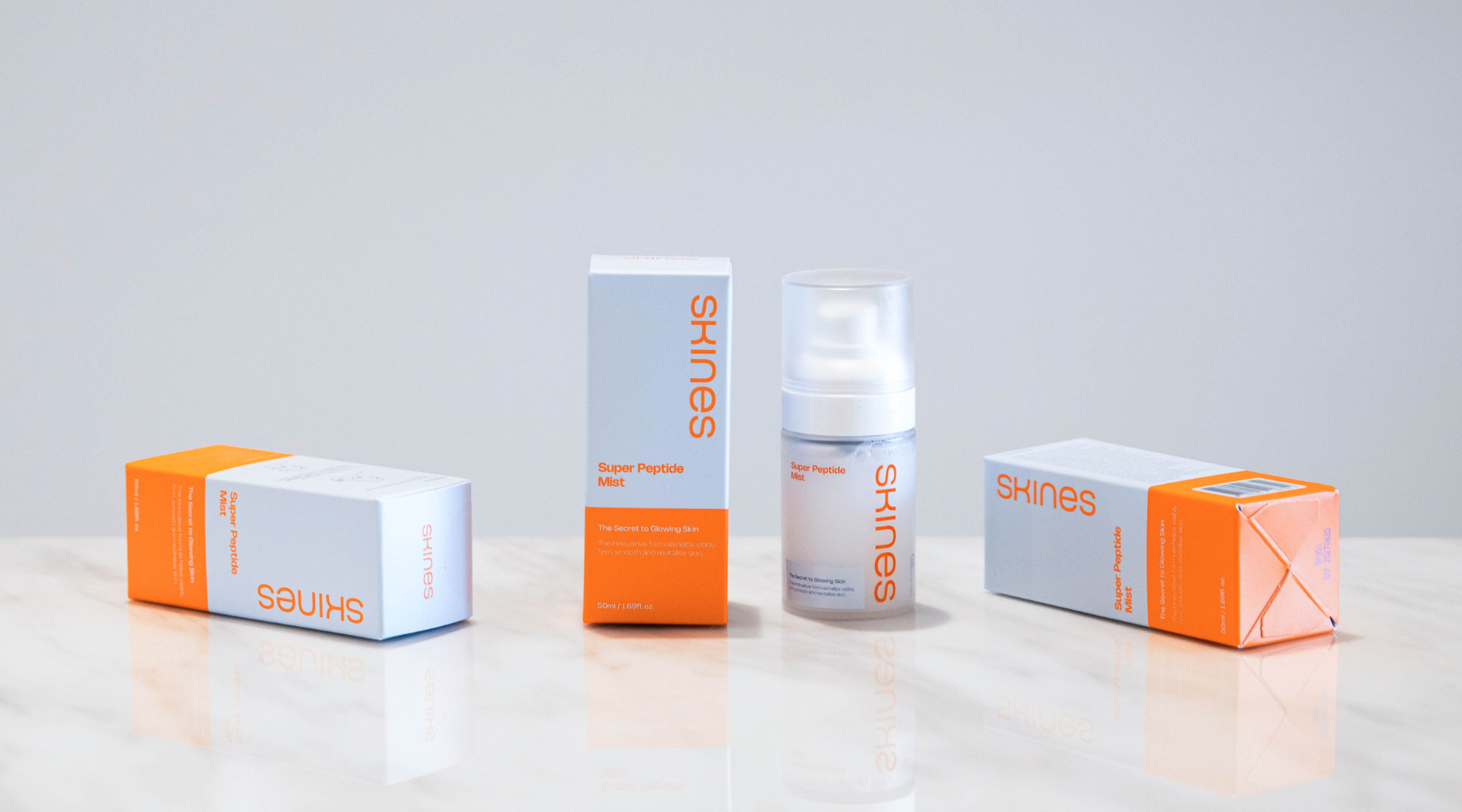
Your Guide to Peptides: How They Help Your Skin
For decades, the quest for youthful skin has led us down countless paths. From harsh exfoliation to questionable ingredients, the search for the fountain of youth can be overwhelming. But what if t...
Read more
What Are the Key Benefits of Collagen Masks/Films?
Collagen masks, also known as collagen films or sheet masks infused with collagen, have taken the skincare world by storm. Celebrities endorse them, influencers rave about them, and countless brand...
Read more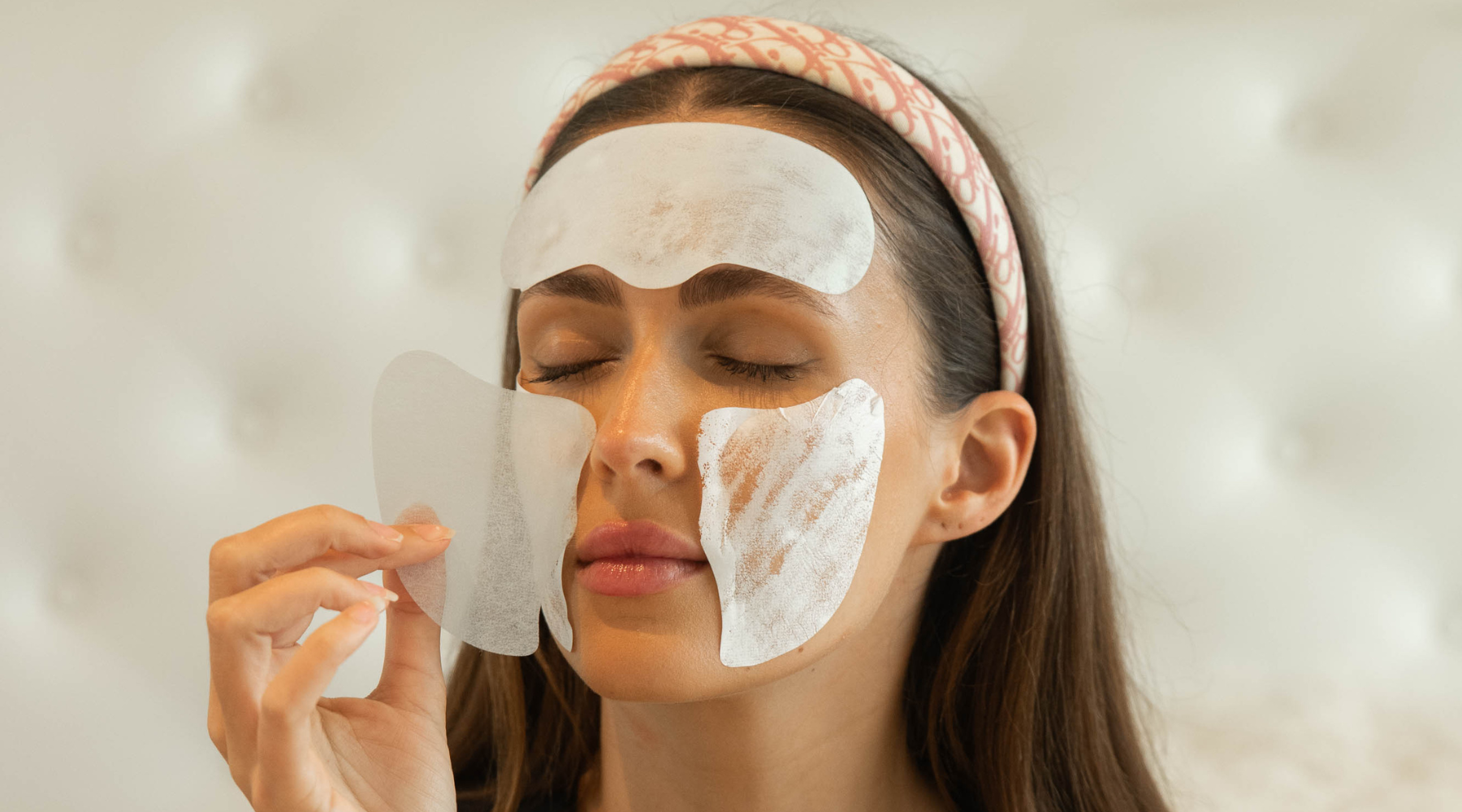
Traditional vs New Generation Collagen Masks
Collagen, the protein responsible for your skin's youthful bounce and elasticity, naturally diminishes with age. This decline contributes to visible signs of ageing like wrinkles, fine lines, and s...
Read more
Do Collagen Masks Actually Work? Science-Backed Benefits & Research [2025 Guide]
Quick Answer: Modern collagen masks, especially those using hydrolyzed marine collagen and nanofibre technology, show significant effectiveness in improving skin hydration and elasticity. These are...
Read more